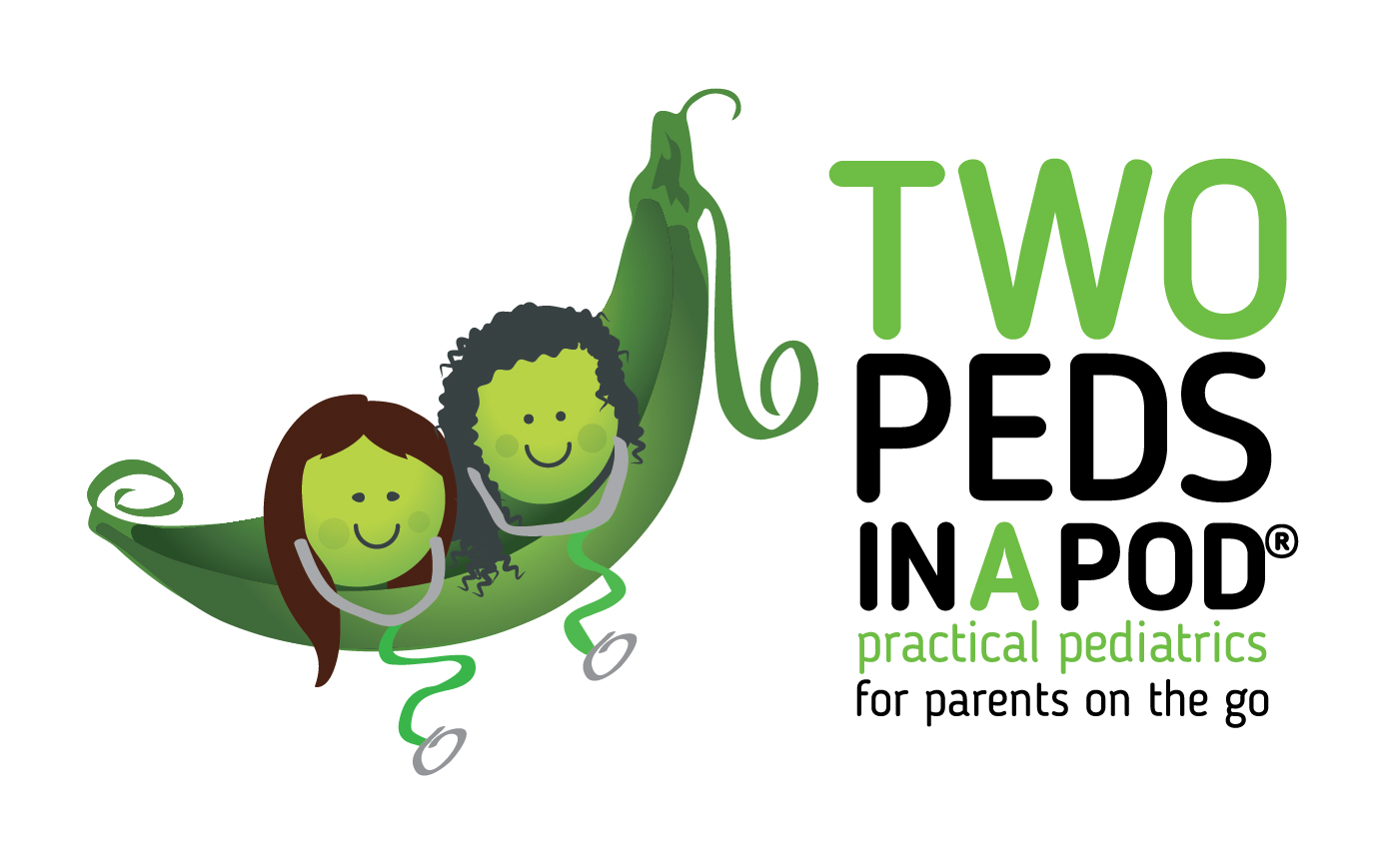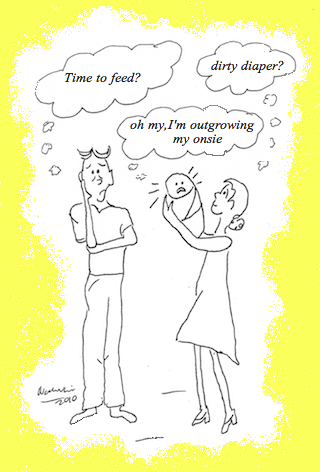
I’m terrified to vaccinate due to sites like these. There seems to be many horrifying stories out there to what happens to kids after getting vaccines. If the chance of them getting these diseases is small, is it worth taking the risk of them suffering these near death or death experiences?
Here is our response:
Dear Concerned,
We looked at the web site you sent to us. When evaluating the merit of information that you read on the internet, it is important to know the source of the information. The thinktwice site has an easy to read disclaimer. To highlight: the founders of the site explain that they are NOT medical professionals and that they do NOT give medical advice. They refer their readers to “licensed medical professionals” for medical advice. In addition, they acknowledge that their site is NOT endorsed by the American Academy of Pediatrics (AAP), the Food and Drug Administration (FDA), or the US Center for Disease Control (CDC). In fact, they refer their readers to these organizations for vaccine information and advice. They post “information” that will certainly cause a stir on the internet but actually defer to well established medical experts at the AAP, the CDC, and the FDA for definitive advice about vaccines. If you investigate those sites, you would find that all of the organizations actually endorse the use of vaccines.
It makes sense to consult experts in the field for any problem that you have. When researching a health care issue, actresses, political figures, and web site sponsors, while experts in knowing their own children, are not medical professionals. If, for example, we had a car problem, we would consult a mechanic. We would not read testimonials of car owners on the internet to figure out how to fix a car. If we did not trust our mechanic’s recommendation, we would get a second opinion from another car expert.
Doctors are trained to evaluate evidence. We are medical professionals who read all the medical textbooks for you. Pediatricians go to school and train for nearly a quarter of a century before they even begin practicing on their own. We base our medical advice on the pediatric standards set forth by the American Academy of Pediatrics. These standards represent consensus of thousands of pediatricians who dedicate their lives to improving the well being of children. We would never support a practice that causes more harm than good.
If you are moved by testimonials, then you should also read testimonials of parents whose children were not vaccinated and then died or suffered disability from vaccine preventable diseases: http://vaccinateyourbaby.org/why/victims.cfm, http://vaccine.chop.edu. In addition, we encourage you to read our own vaccine posts: How Vaccines Work and Do Vaccines Cause Autism? Please visit the websites we provide in these articles for more information about vaccines.
Experts in pediatrics have evaluated data based on millions of vaccine doses given to millions of children. The evidence shows that the benefits of vaccines outweigh risk of harm. Think of seat belts. You may imagine that your child’s neck may get caught in a seat belt, but you would never let your child go without a seatbelt. The reason is that rather than trust a “feeling” that theoretically the seat belt could cause harm, we know from evidence, data, and experience that seatbelts save lives.
Vaccines are a gift of protection against childhood disease. As moms, both of us vaccinated our own children on time according to the standard schedule. Tragically, the more parents don’t vaccinate, the easier it will be for all of our children to contract these preventable and often deadly disease. Proof of this is California’s current whooping cough epidemic which has killed six infants so far. Most of the illness is breaking out in areas where parents stopped vaccinating their children.
If you are wondering about the merits of a web site, try to cross reference the information with organizations which set medical standards such as The American Academy of Pediatrics, the Centers for Disease Control, and your local Children’s Hospital. And of course, you can always ask your pediatrician.
By asking questions you are being a responsible parent.
Keep on asking.
Julie Kardos, MD with Naline Lai, MD
© 2010 Two Peds in a Pod℠




 Eeew! Pictured is the raw chicken I left sitting out in a pot for a day (inadvertently, of course). The putrid mess was teaming with germs and amongst them was probably salmonella. This bacteria is in the news because of the thousands of eggs recently recalled for contamination (
Eeew! Pictured is the raw chicken I left sitting out in a pot for a day (inadvertently, of course). The putrid mess was teaming with germs and amongst them was probably salmonella. This bacteria is in the news because of the thousands of eggs recently recalled for contamination (
 Ah…you’ve tucked in your tired kids, now kick back and take out your Kleenex while you read Dr. Lai’s
Ah…you’ve tucked in your tired kids, now kick back and take out your Kleenex while you read Dr. Lai’s  Need ideas on what to pack in your child’s lunch bag? Beware of junk food masquerading as healthy food. Dr. Roxanne Sukol, an internist who writes the popular nutrition blog
Need ideas on what to pack in your child’s lunch bag? Beware of junk food masquerading as healthy food. Dr. Roxanne Sukol, an internist who writes the popular nutrition blog  Vaccine protection against flu
Vaccine protection against flu Ok, so now you are in charge of caring for a newly circumcised penis. As a mom who’s never had a penis or as a dad who has no memory of his pre-circumcised days, you may have questions after you leave the hospital about how to care for this “wound.”
Ok, so now you are in charge of caring for a newly circumcised penis. As a mom who’s never had a penis or as a dad who has no memory of his pre-circumcised days, you may have questions after you leave the hospital about how to care for this “wound.”  It happens to almost every adolescent. At some point or another, we all experienced our first love. In the early stages, it was the greatest feeling we had ever felt. When it ended, it was the largest and most powerful feeling of hurt that we had ever experienced. Each moment felt like 10 years. Days went by and life went on for everyone else. Yet, for us, life stopped and we felt lost and paralyzed.
It happens to almost every adolescent. At some point or another, we all experienced our first love. In the early stages, it was the greatest feeling we had ever felt. When it ended, it was the largest and most powerful feeling of hurt that we had ever experienced. Each moment felt like 10 years. Days went by and life went on for everyone else. Yet, for us, life stopped and we felt lost and paralyzed. Believe it or not, there are only a few weeks left before school starts for the fall. As I look at last year’s first day of school photo, I notice my not-quite-100-pound child bending in half under the weight of a backpack, trombone, lunchbox and art portfolio. This year, I quietly decree, that scenario will not happen again. To make sure it does not happen at your house either, consider a few tidbits as you plan your back-to-school purchases:
Believe it or not, there are only a few weeks left before school starts for the fall. As I look at last year’s first day of school photo, I notice my not-quite-100-pound child bending in half under the weight of a backpack, trombone, lunchbox and art portfolio. This year, I quietly decree, that scenario will not happen again. To make sure it does not happen at your house either, consider a few tidbits as you plan your back-to-school purchases: